Meet AIR Cycle 13
We are excited to introduce the Cycle 13 of TAC Artists in Residence: Adriana Gramly, Emma Safir, Jia Sung, Linda Sok, Lucas Montenegro, Tashiana St. Aude, Tinglan Huang and Melika Abikenari. Over the last month, our 13th cycle of AIR residents have moved into their studios at TAC, and are beginning the process of learning new techniques, getting familiar with each other and the studio equipment at TAC and taking new approaches to their practice.
This early period of their residency is meant to be a time for experimentation, learning together, and risk taking. Artist Programs Intern, Valeria Maldonado interviewed our residents to gain insight on their envisioned goals for their time at TAC, as well as what they might describe as the core of their current practice at the moment.
Adriana Gramly
She / Her
adrianagramly.com & @awww_dri
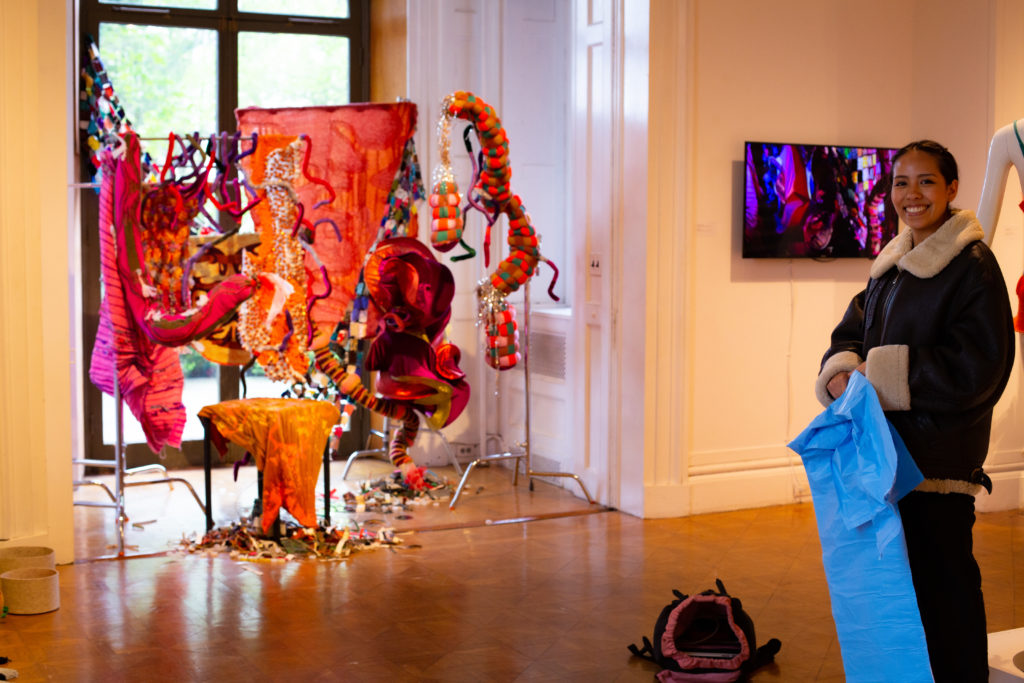
1) What are your goals for the course of your TAC residency / what do you look forward to and hope to get out of this experience?
One month in and I’ve already had a wonderful introduction into the art community here in Brooklyn which was something I was really looking for with the TAC residency. I’m looking forward to further exploring as many ways of making and combining my seemingly unrelated skill-sets over the next few months!
2) If you had to describe the core of your current practice — whatever that means to you (a central idea, a new influence, a rising question) — in a few words, or a short phrase, what would it be and why?
Play and Spontaneity have been at the core of everything I make. Looking to the future of my practice, I think I’m driven to use that Play and Spontaneity to spark human connection.
Emma Safir
She / Her
emmasafir.com & @grem.jpg
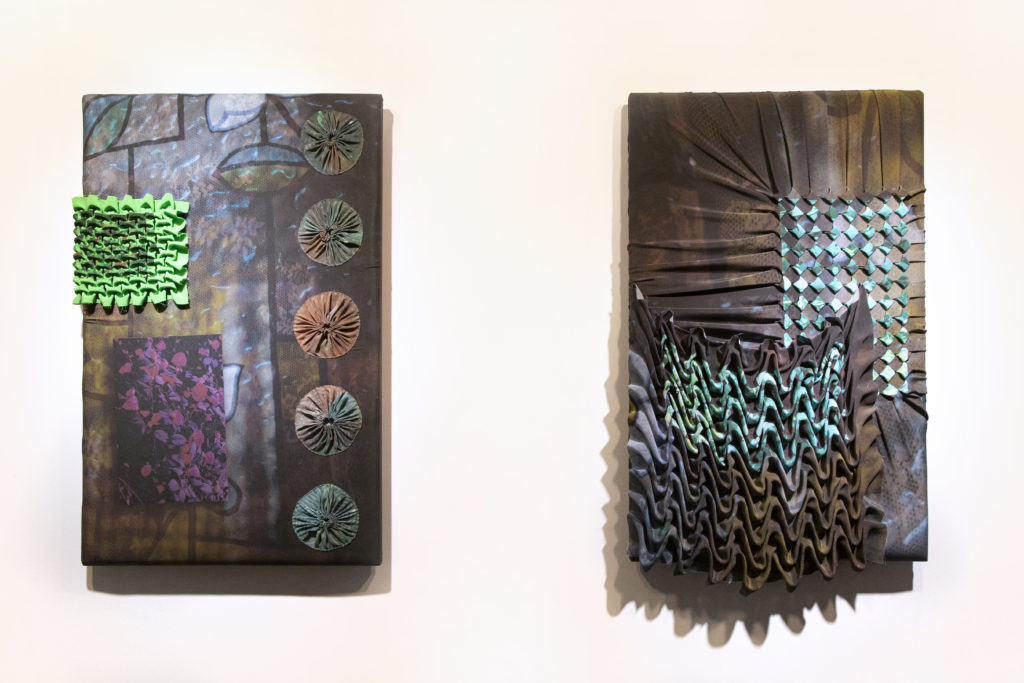
1) What are your goals for the course of your TAC residency / what do you look forward to and hope to get out of this experience?
I’m hoping to expand how I utilize textiles in my practice and to learn about textiles from colleagues and instructors! So much of what I know about textiles has been through my own research—I am thrilled to have the opportunity to share this experience with my cohort.
2) If you had to describe the core of your current practice — whatever that means to you (a central idea, a new influence, a rising question) — in a few words, or a short phrase, what would it be and why?
I am considering textiles in relation to our embodied experience of the world, whether that is “irl” or “virtual”.
Jia Sung
She / Her
jia-sung.com & @jiazilla

1) What are your goals for the course of your TAC residency / what do you look forward to and hope to get out of this experience?
I am excited to further expand my visual vocabulary at TAC, and access new ways of making and mentorship that otherwise would be difficult to access.
2) If you had to describe the core of your current practice — whatever that means to you (a central idea, a new influence, a rising question) — in a few words, or a short phrase, what would it be and why?
My current work explores interweaving narratives, creating a syncretic new canon via retelling and recontextualizing. I'm looking forward to learning different techniques and material approaches that can enrich and layer into this exploration.
Linda Sok
She / Her
linda-sok.com & @lendasock
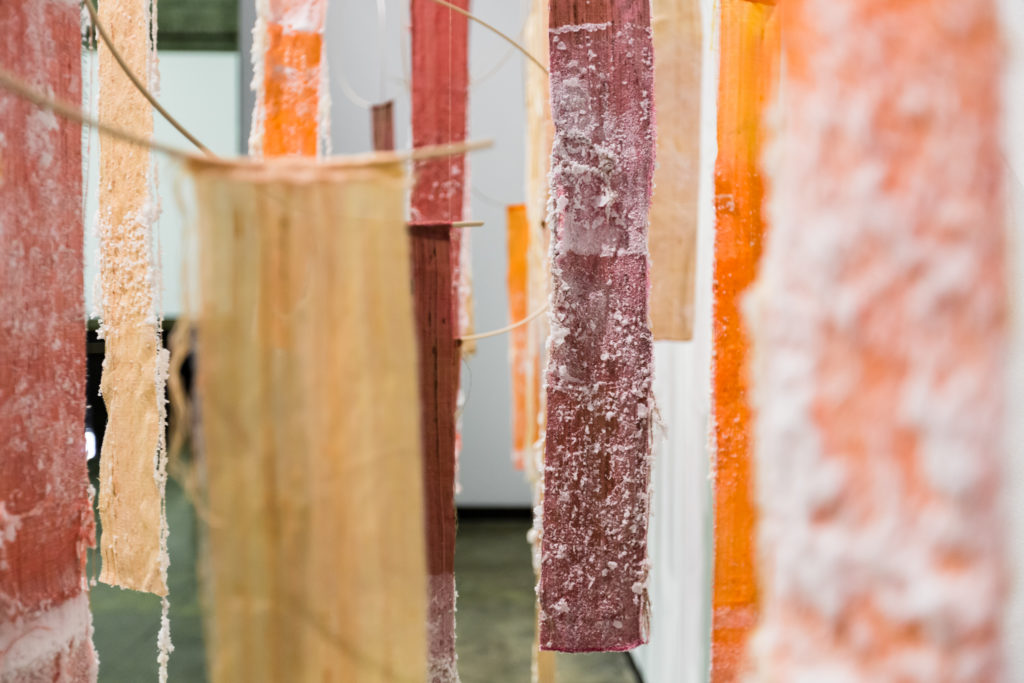
1) What are your goals for the course of your TAC residency / what do you look forward to and hope to get out of this experience?
My main goals at TAC are to develop my skills in weaving and expand upon a project called Salt Water Deluge, an ongoing series of work that involves working with Cambodian silk, salt, and collected water in an attempt to preserve culture. I hope to be able to fully author the textiles I work with and hopefully also learn the processes for Cambodian Ikat.
2) If you had to describe the core of your current practice — whatever that means to you (a central idea, a new influence, a rising question) — in a few words, or a short phrase, what would it be and why?
My practice looks at my Khmer culture as a starting point to explore objects and their materiality, and looks towards rituals and traditions as a means of healing trauma.
Lucas Montenegro
He / His
montenegrolucas.com & @nomtenegro
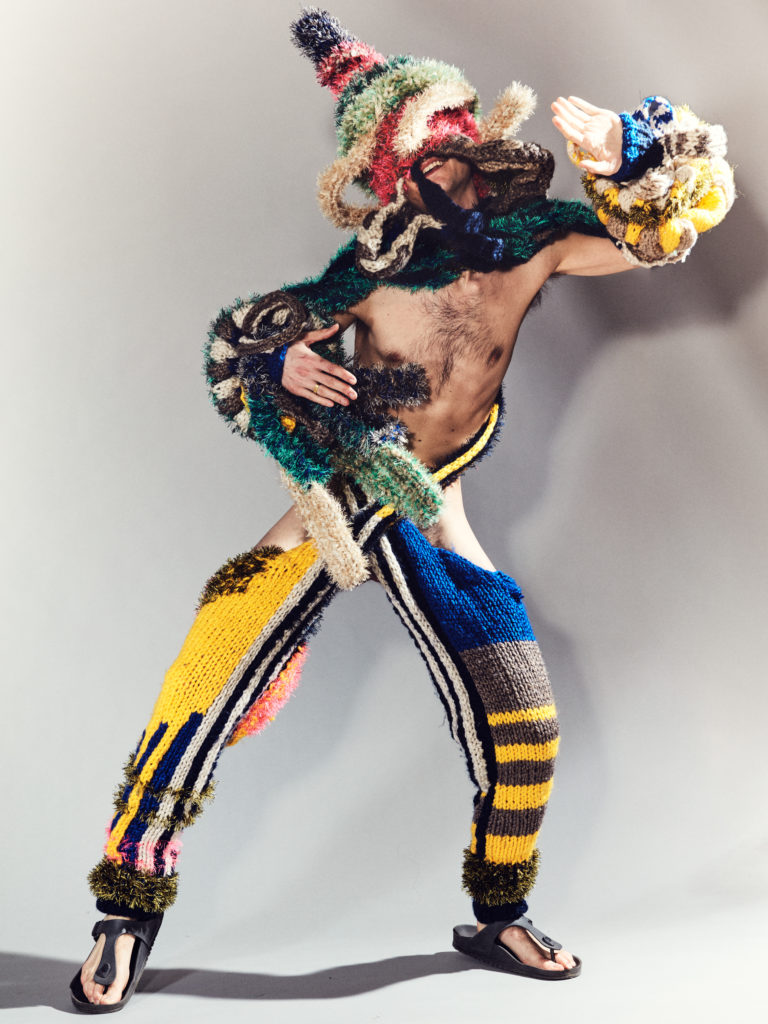
1) What are your goals for the course of your TAC residency / what do you look forward to and hope to get out of this experience?
I look forward to learning new textiles techniques like bobbin lace making and felting as well as making wall pieces.
2) If you had to describe the core of your current practice — whatever that means to you (a central idea, a new influence, a rising question) — in a few words, or a short phrase, what would it be and why?
My nostalgic memories that can be reinterpreted and re-lived by the viewer.
Tashiana St. Aude
She / Her
sainttashi.com & @sainttashi
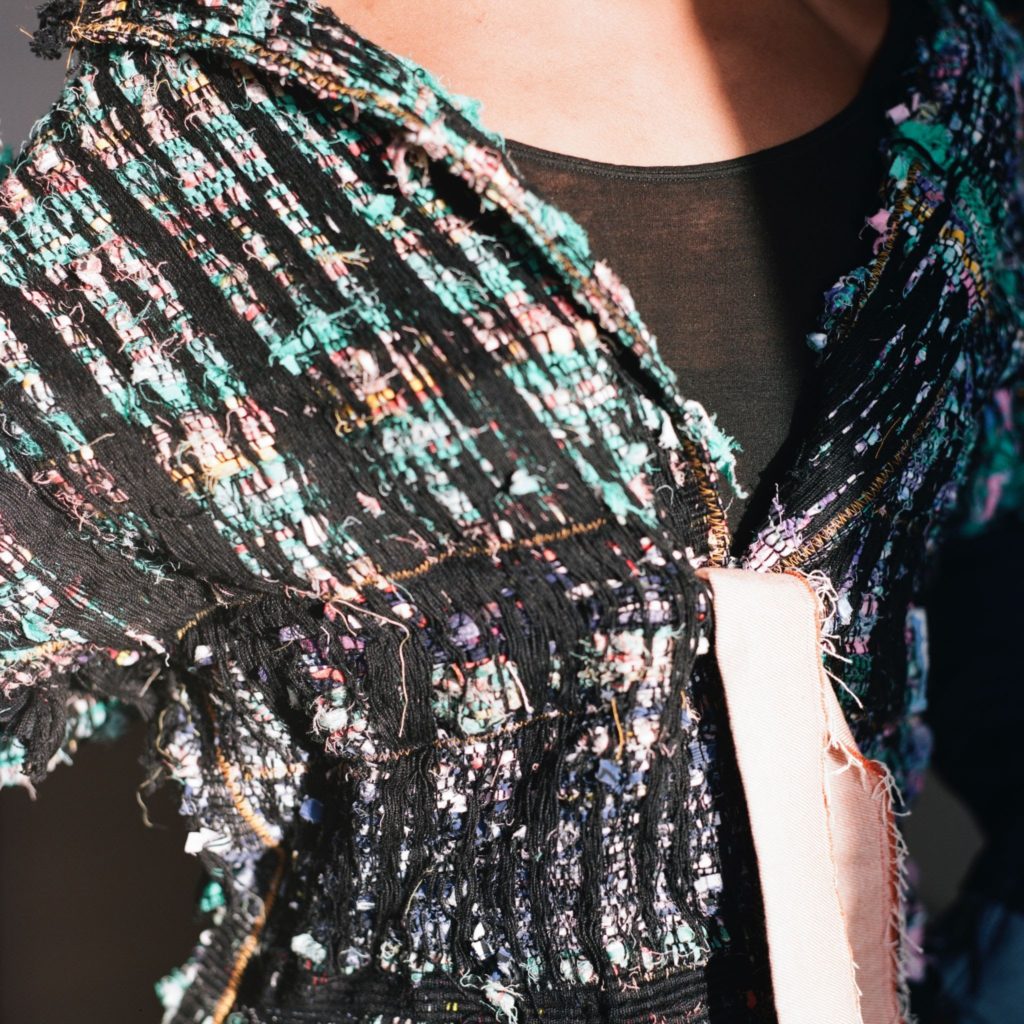
1) What are your goals for the course of your TAC residency / what do you look forward to and hope to get out of this experience?
My goal at TAC is to navigate the physical and metaphysical realm through analog textiles processes and augmented reality. I hope to try to create my version of an afterlife in an attempt to develop my first clothing line.
2) If you had to describe the core of your current practice — whatever that means to you (a central idea, a new influence, a rising question) — in a few words, or a short phrase, what would it be and why?
To describe my practice, I make art for the body. I see textiles as a body. I reuse unwanted textiles and give them a new life and meaning.
Tinglan Huang
She / Her
tinglanhuangart.com & @tinglan_huang_art
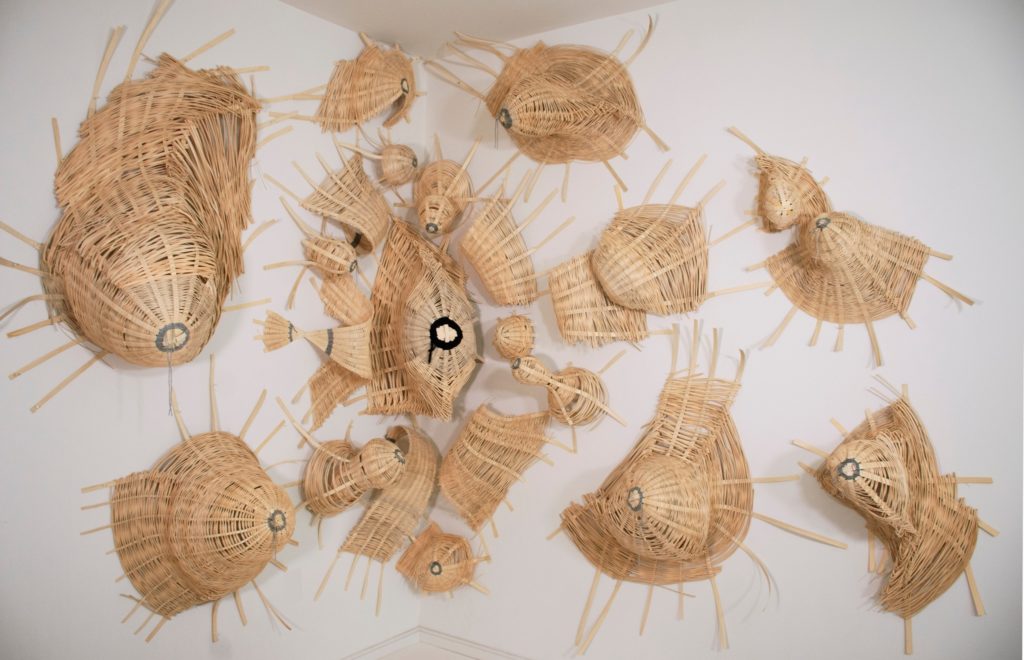
1) What are your goals for the course of your TAC residency / what do you look forward to and hope to get out of this experience?
Firstly, my goal is to learn as many skills about textile art as possible. I want to know about more skills, and use them to expand the possibilities of my art work. And then, I will choose 2 or 3 skills to focus on and add them into my new works.
2) If you had to describe the core of your current practice — whatever that means to you (a central idea, a new influence, a rising question) — in a few words, or a short phrase, what would it be and why?
Secondly, the core of my current work is more related to my daily life now. Now, I really focus on exploring the topic about my room, and my surroundings. I am trying to solidify some spaces, even events that happened in this space via the simplest and most direct way. I got an inspiration from Carl Jung, trying to erase the edge between the inner world about yourself and your physical life, and you will find out the core questions of your life. And British sculpture artist, Rachel Whiteread, also influenced me a lot.
Melika Abikenari
She / Her
melikaabikenari.com & @mellikabi
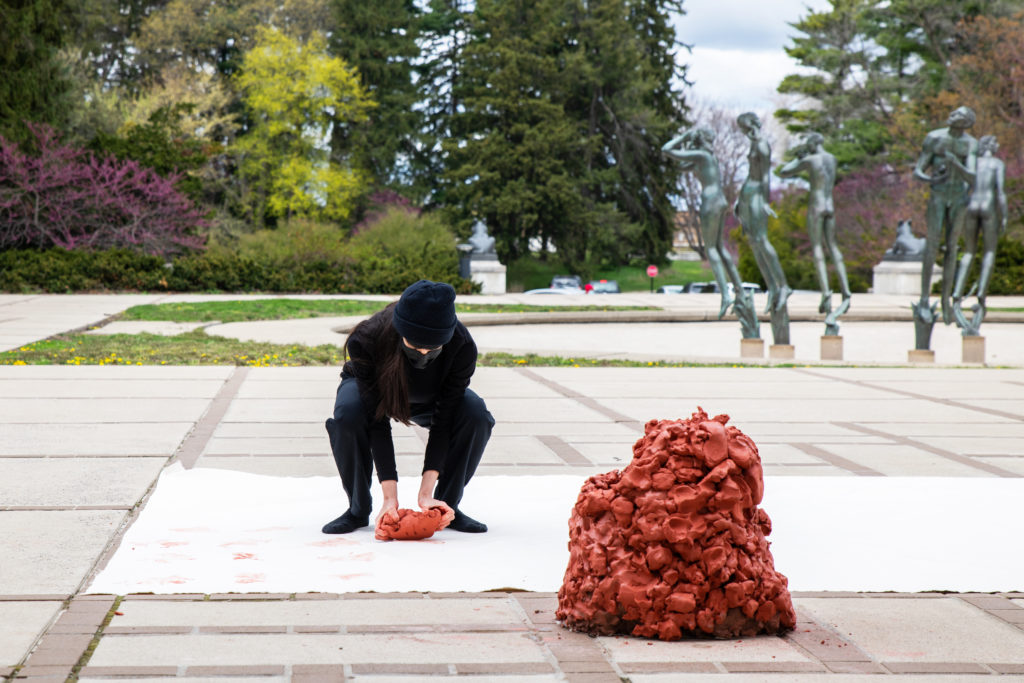
1) What are your goals for the course of your TAC residency / what do you look forward to and hope to get out of this experience?
I am excited to explore textile mediums and techniques to expand and deepen my practice. Further, I look forward to the exchange of knowledge and production with others in the program.
2) If you had to describe the core of your current practice — whatever that means to you (a central idea, a new influence, a rising question) — in a few words, or a short phrase, what would it be and why?
My work explores the enduring and evolving nature of experience and memory. I am currently doing research on transgenerational inheritance of trauma and memory in relation to state violence and the forces and consequences of displacement.